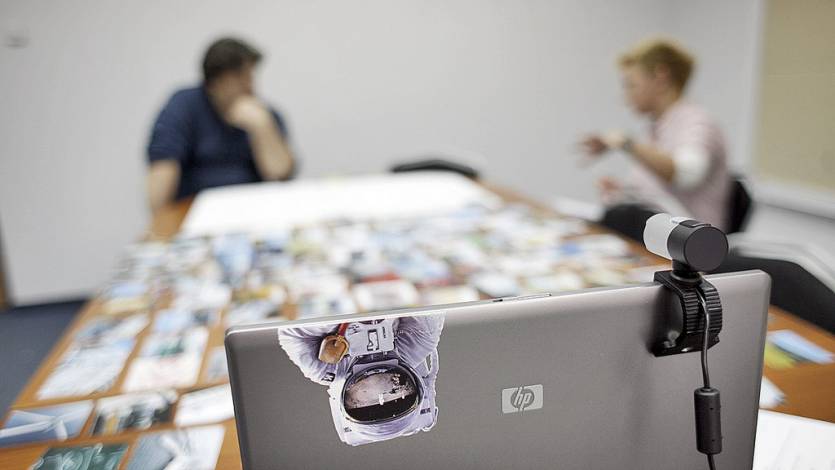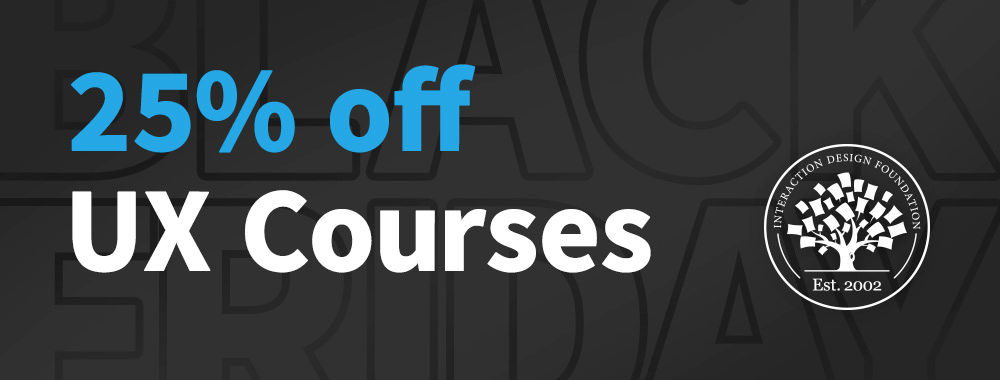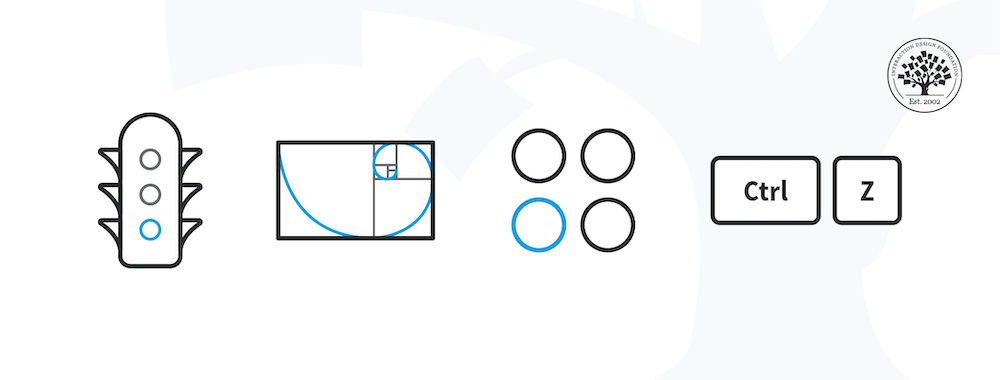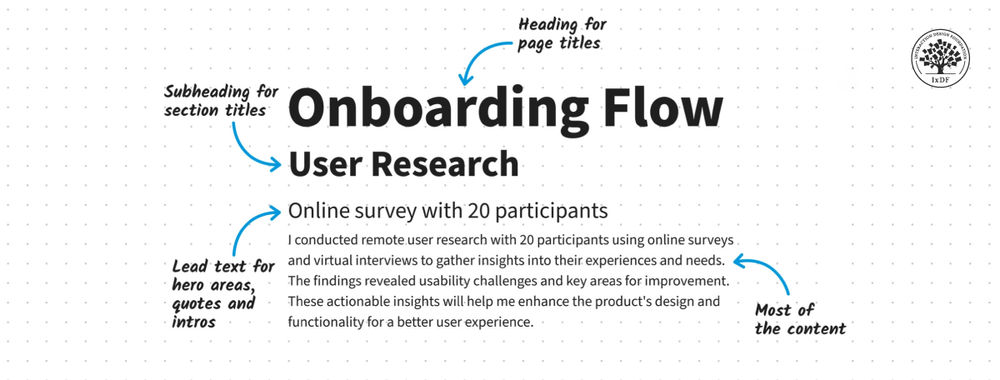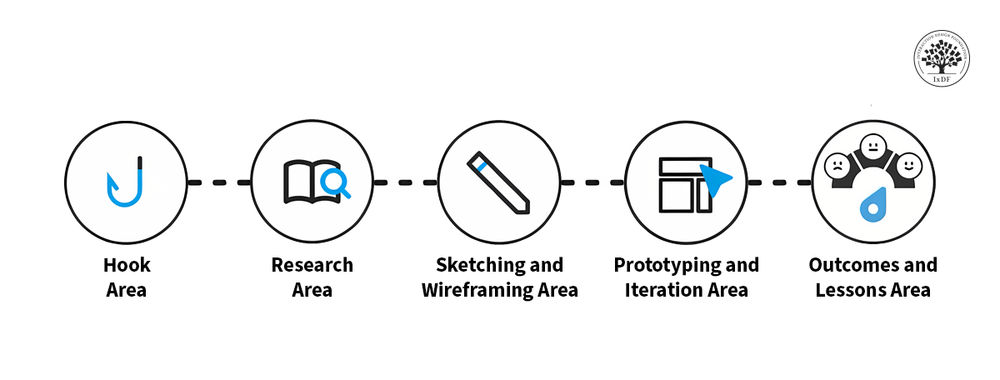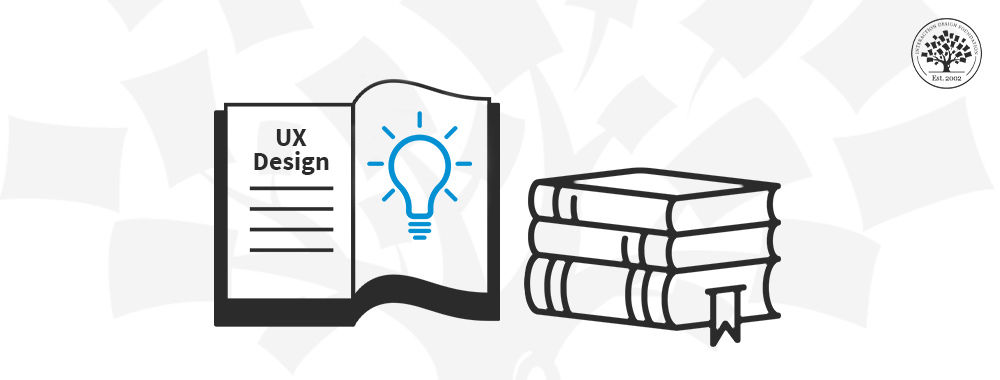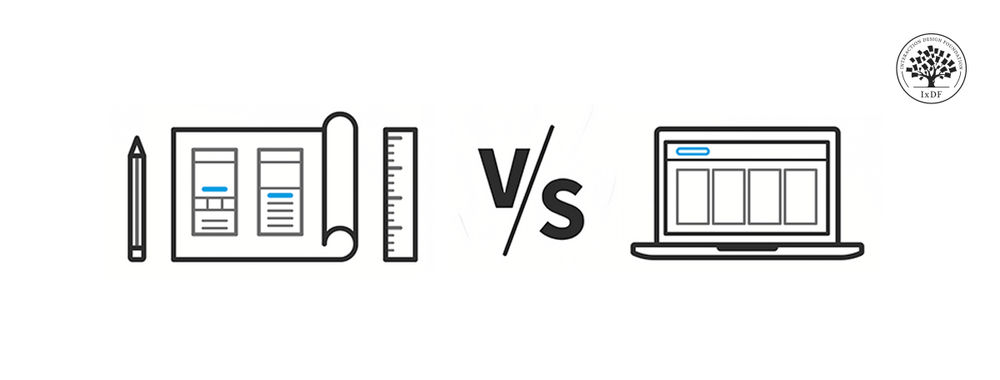There comes a point in a project, usually after you have worked out the objectives for that project and developed some hypothetical ideas for the product, which you need to move onto deciding how to conduct your research. Choosing a methodology to conduct that research doesn’t need to be a painful process:
Develop Basic User Understanding
Before jumping in at the deep end; you probably have some questions about your users. Gaps in demographic information or a segment where behaviours shift overnight and rapidly (think tech savvy teenagers for example).
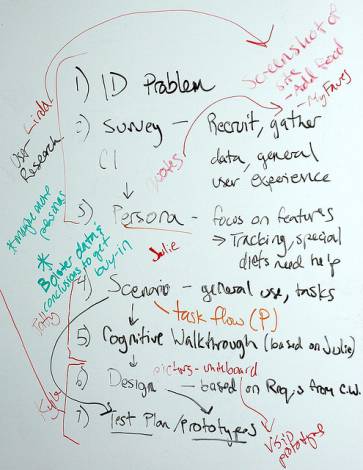
Author/Copyright holder: Wonderlane. Copyright terms and licence: CC BY-NC 2.0
You can use surveys, interviews, and market research to get answers to these questions. These methods are not always quick and the exact method for your project will be determined by the questions that you MUST have answered.
Getting User’s Ideas

Author/Copyright holder: Fogelson-Lubliner. Copyright terms and licence: All rights reserved Img source
Just because we know there’s a want/need/problem/idea; it doesn’t mean that we necessarily know how to generate a solution for it. User input on projects can enable some serious in-house creativity. There are plenty of techniques you can use to get user input for creative inspiration, for example:
- Diary studies – a look at how long-term use of a product affects the user experience.
- Card sorting – a quick and easy way to sort larger volumes of ideas or data.
- Paper prototypes – a way to put an idea into action at low-cost and see if it has merit.
- Collage design – a way to help people explain their feelings and desires without having to articulate them in words.
Shaping Design and Testing Ideas in Practice
The steps above may change your objectives and/or your hypotheses and if it’s that true; you should make any changes before you start shaping your ideas in practice.

Author/Copyright holder: Lynn Friedman. Copyright terms and licence: CC BY-NC-ND 2.0
At this stage you should have a clear idea of what functions your users need or what copy they best respond to. You’re now asking the question; “How could we bring this together in a way that delivers a good user experience?”
There are many options at this point but most of them are going to require some close work with users:
- Usability Tests – Does this work as well as we thought it might?
- Sketches – Here’s an idea, what do you think?
- Wireframes – Now that we’ve taken that idea a little farther; is it still good?
- Prototypes – Here’s how that idea would translate into some form of reality; does it still work?
- Heuristic Evaluation – Does the product meet the standards of usability?
- Cognitive Walkthrough – OK, let’s walk through the product (or part of the product) and look at the way that tasks are done; does that work or can it be done better?
Summary
There’s no single way to determine the methodologies to use for your project. Once you have your objectives, input from research, hypotheses to test, etc. you can then select the tool that’s most appropriate to your needs (and budget/resources)
Header Image: Author/Copyright holder: K2_UX. Copyright terms and licence: CC BY-NC-ND 2.0
